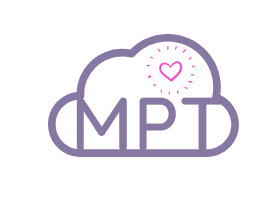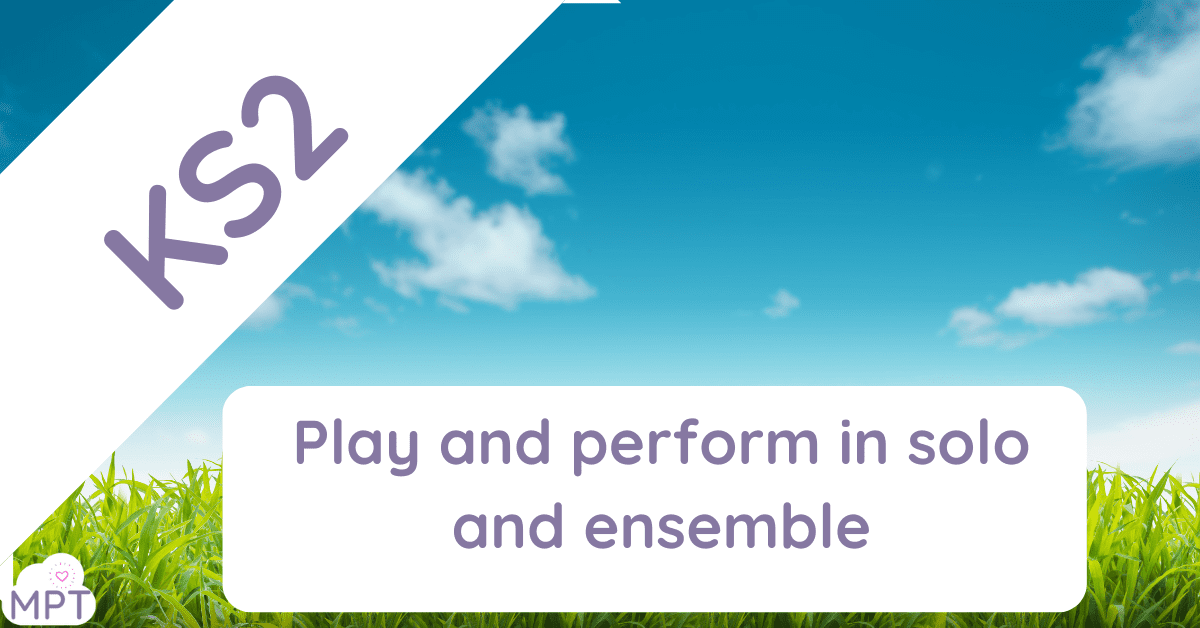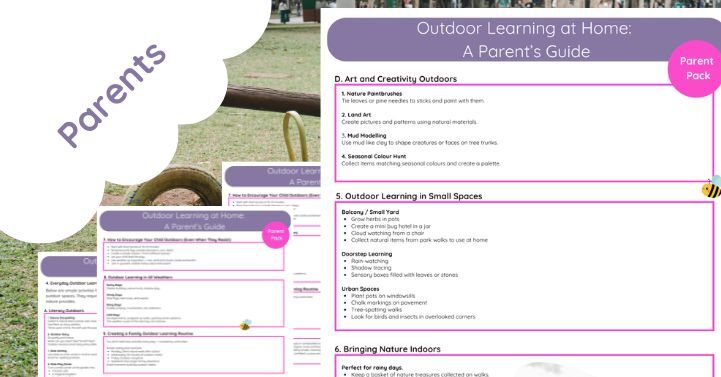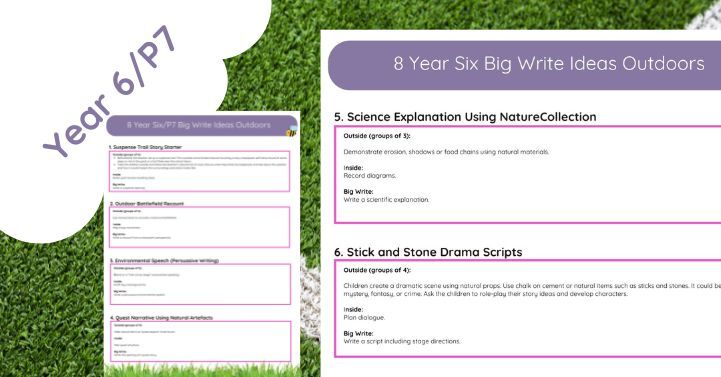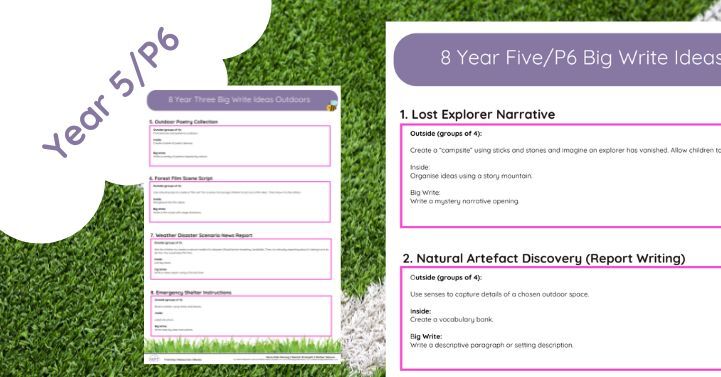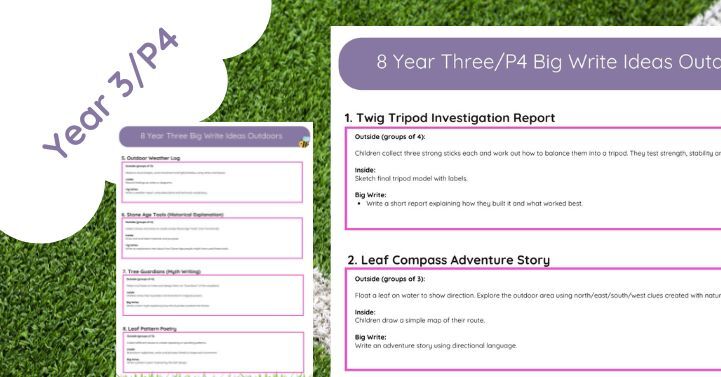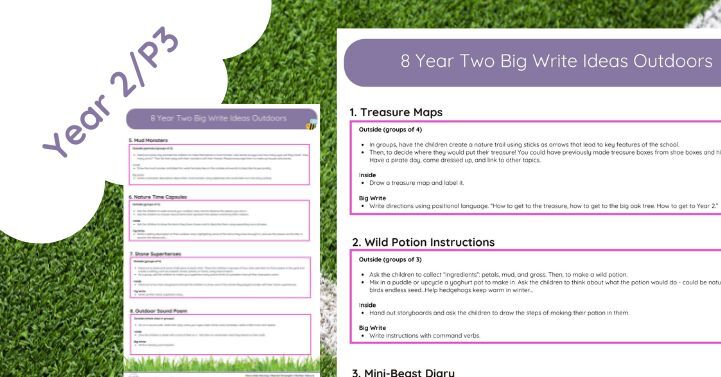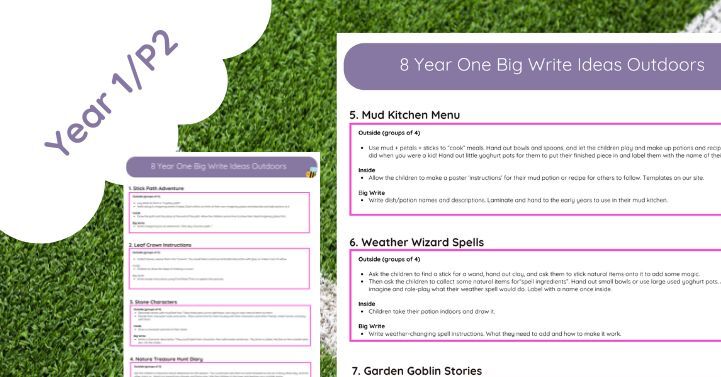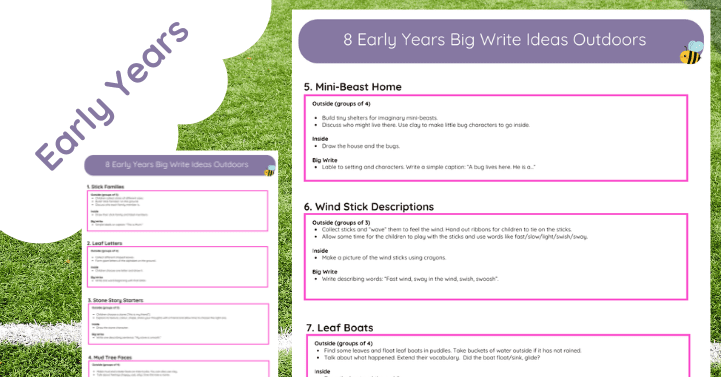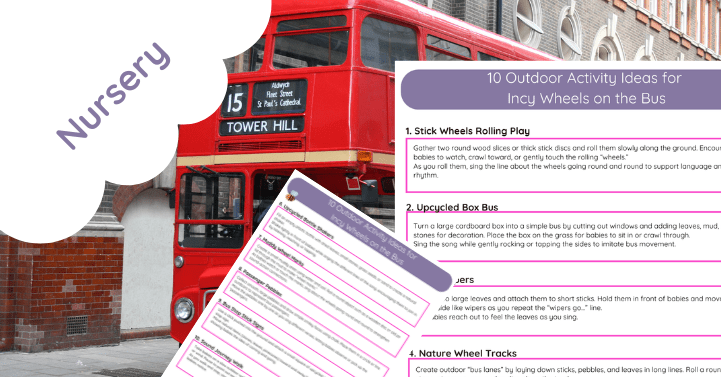Introduction
Playing and performing music in solo and ensemble contexts is a crucial aspect of the KS2 music curriculum. This approach helps children use their voices and instruments with increasing accuracy, fluency, control, and expression. In this blog post, we’ll explore how to engage children in these activities and highlight valuable resources for teachers and parents.
The Importance of Musical Performance
Musical performance at KS2 develops a range of skills in children, including teamwork, listening, coordination, and emotional expression. Engaging children in both solo and ensemble contexts allows them to experience the joy of making music while honing their individual and collaborative skills.
Solo Performance
Solo performance encourages children to develop confidence and mastery over their chosen instrument or vocal part. It provides an opportunity for individual expression and technical improvement.
Tips for Encouraging Solo Performance:
- Start Simple: To build confidence, begin with easy pieces that children can master quickly. Check out Twinkl’s KS2 Music Resources for beginner-friendly sheet music.
- Regular Practice: Encourage daily practice sessions. Resources like BBC Ten Pieces offer inspiring music and practice tips.
- Positive Feedback: Provide constructive and positive feedback to help children improve while keeping their motivation high.
Ensemble Performance
Ensemble performance teaches children to listen to each other and work together harmoniously. This collective experience is vital for their social and musical development.
Tips for Successful Ensemble Performance:
- Diverse Roles: Assign different parts to cater to varied skill levels. Teachwire offers great tips for managing mixed-ability groups.
- Group Practice: Regular ensemble practice is essential. Resources like Sing Up provide excellent songs and arrangements for group performances.
- Conducting: Teach children the basics of conducting to help them understand timing and coordination.
Resources for Music Teachers
Here are some fantastic resources to help you implement these practices:
- Oak National Academy KS2 Music – Comprehensive lesson plans and resources.
- National Curriculum for Music – Official guidelines and objectives.
- Primary Resources – Twinkl – A variety of teaching materials.
- Body Percussion Classroom – Innovative ways to integrate body percussion.
- Drums for Schools – Percussion instruments and resources.
- TES Music Resources – Teaching aids and lesson plans.
- Music Mark – Advocacy and support for music education.
- ISME – International music education resources.
- NAfME – National Association for Music Education.
- Music Teachers National Association – Resources and professional development.
- SKY Music Hub – Local music hub with events and support.
- Twinkl Music Resources – Extensive collection of KS2 music resources.
- TES Primary Music – Primary music resources and lesson plans.
- BBC Ten Pieces – Inspirational pieces for young musicians.
- Sing Up – Songs and resources for group singing.
Conclusion
Engaging KS2 children in solo and ensemble music performance helps them grow musically and socially. Using these tips and resources, teachers can create a dynamic and supportive learning environment that fosters a love of music. Use the National Curriculum KS2 Music and Oak National Academy Music Lessons for structured guidance.
